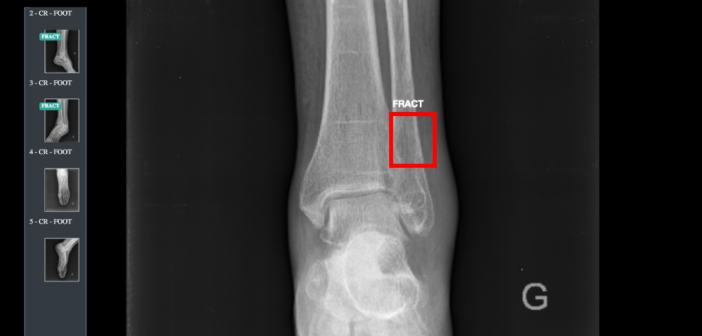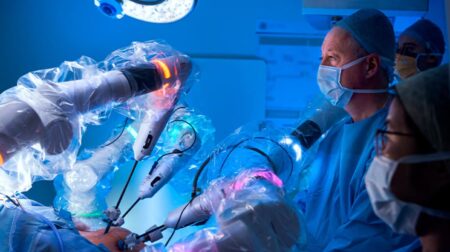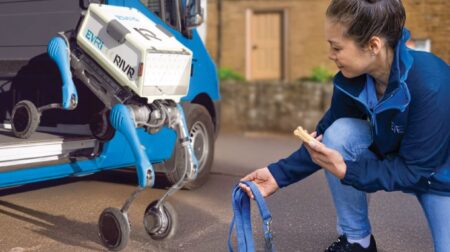French med-tech company Gleamer has announced the results of its clinical study evaluating its AI software in assisting radiologists and emergency physicians in detecting and localising fractures.
According to the study, recently published in journal Radiology, the combination of AI and health professional’s interpretations lowered false negatives results, undetected fractures, on radiographs by 30%.
Furthermore, the BoneView system enabled an increase in sensitive of 12% and specificity by 5%, without a loss of reading speed.
“To our knowledge, this is the first study that evaluates the performance of AI-assisted reading for radiographic fracture detection over the entire appendicular skeleton and on multi-centre data, from a variety of imaging systems, some of which were not present in the training database,” explained Dr. Loïc Duron, radiologist at the Adolphe de Rothschild Foundation Hospital, Paris.
Prior to the study, the BoneView AI system was trained on 60,170 radiographs obtained from trauma patients. For the research, some 600 radiographs were obtained from 17 French imaging centres. The radiographs were all taken after a recent trauma including fractures of the shoulder, arm, hand, pelvis, leg, or foot.
As part of the study six radiologists and six emergency physicians were asked to detect and localise fractures with and without the help of BoneView software.
Christian Allouche, CEO of Gleamer, said: “[The] results are unequivocal on the benefits of the cross-interpretation of AI and the physician: 30% decrease in the rate of undetected fractures, while reducing the radiographs reading time by 15%, on exams specifically selected for their difficulty, i.e. with so-called non-obvious fractures.
“In 10 years, the number of exams to be analysed by radiologists has doubled, while the number of radiologists has increased by only 20%. We are continuing our developments to improve and enrich our range of artificial intelligence software to progressively automate the diagnosis of standard radiography to ensure very high reliability of the examination and optimal patient care.”








